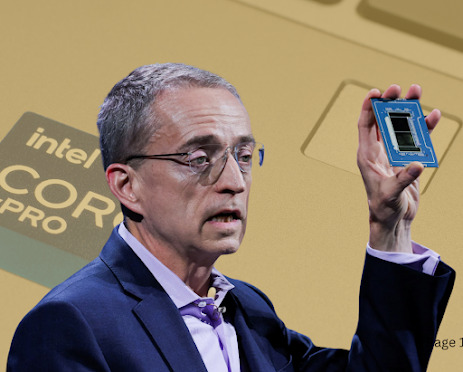In a move that signals a pivotal moment for one of the tech industry's biggest names, Intel CEO Pat Gelsinger retired effective December 1, ending his three-year tenure with the company. The surprise announcement comes amidst strategic uncertainty, mounting financial pressures, and Intel's quest to regain its competitive edge in a rapidly evolving semiconductor landscape.
A Tumultuous Era at the Helm
Gelsinger, who rejoined Intel in 2021 after a 12-year absence, embarked on an ambitious turnaround strategy. He sought to reinvigorate the company with a "Grovian" ethos, channeling the transformative leadership style of former CEO Andy Grove. Despite early optimism, Gelsinger's efforts faced headwinds, as Intel struggled to keep pace with rivals Nvidia, AMD, and Taiwan Semiconductor Manufacturing Company (TSMC).
The announcement of Gelsinger's departure caused Intel's stock to initially climb 5%, signaling investor relief, but later reversed course, closing down 0.5% after mixed reactions from analysts. The downturn underscores lingering skepticism about Intel's long-term trajectory.
Leadership Transition
Intel named CFO David Zinsner and former client computing head Michelle Johnston Holthaus as interim co-CEOs. Holthaus also assumes the role of Intel Products CEO. The company's board of directors has initiated a search for a permanent successor.
“While we have made significant progress in regaining manufacturing competitiveness and building the capabilities to be a world-class foundry, we know there is much more work to be done,” said Intel board chair Frank Yeary in a statement.
Strategic Dilemmas and Legal Battles
Under Gelsinger's leadership, Intel pursued an expensive foray into foundry services—producing chips for other companies—to compete with TSMC. Analysts remain divided on whether the company will sustain this strategy under new leadership.
Compounding the challenges, Intel faces two investor lawsuits alleging the company misled stakeholders about its financial health. A pension fund lawsuit filed in August followed Intel's decision to cut 15,000 jobs, adding to the scrutiny surrounding its financial practices.
Industry Context
Intel’s struggles mirror the broader shifts in the semiconductor industry. While Nvidia has dominated the AI chip market, and TSMC excels in manufacturing, Intel has wrestled with technological delays and a loss of market share in critical segments.
Gelsinger’s departure reflects broader questions about Intel’s ability to innovate and adapt in a market defined by rapid advancements in AI, cloud computing, and edge technologies.
The Road Ahead
As Intel begins its search for a new leader, its challenges remain steep. The company's next CEO will inherit the task of restoring investor confidence, navigating ongoing legal issues, and defining a clear strategic path forward.
This leadership transition marks a critical juncture for the once-dominant chip giant, with its future hanging on its ability to execute a successful turnaround.


Post a Comment